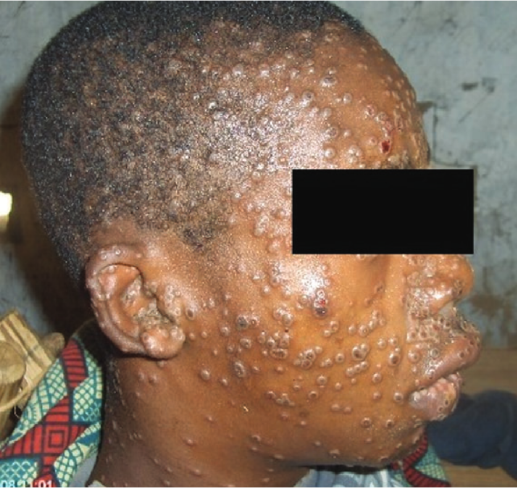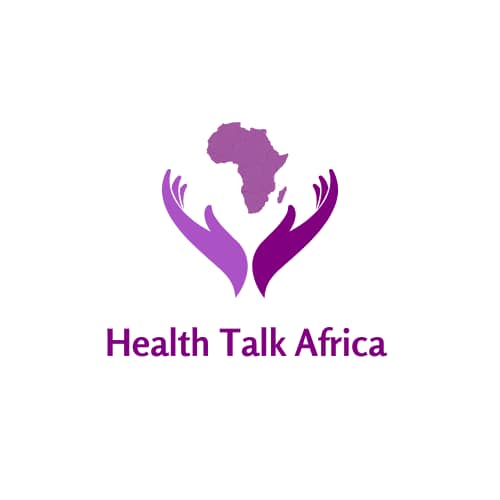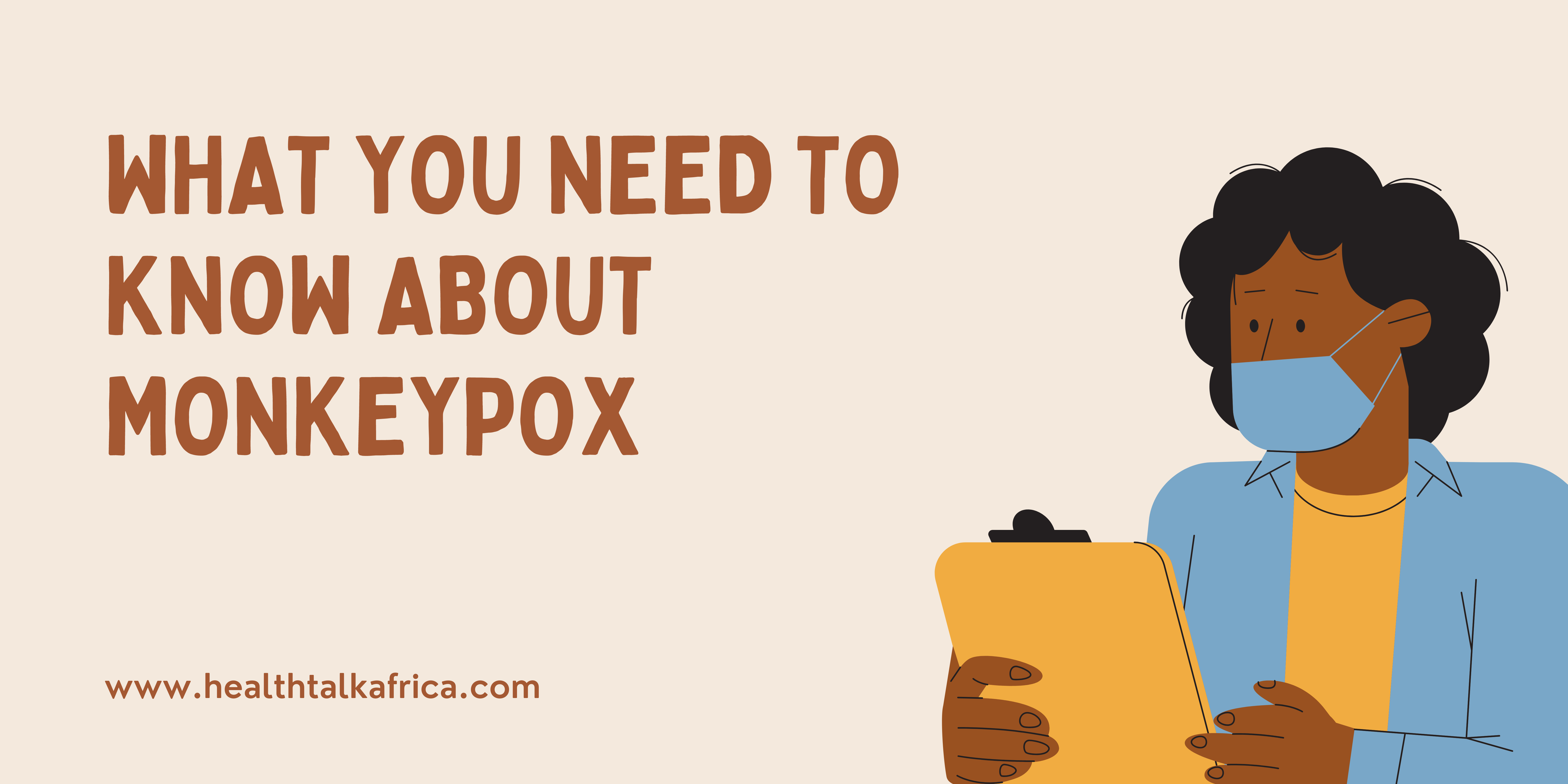By Oghenekeno Joshua Ekpokpobe
What is monkeypox?
Monkeypox is a disease caused by a virus known as monkeypox virus. It’s characterized by fever, swollen lymph nodes, and a rash which may look like pimples or blisters.
Monkeypox is also a zoonotic disease. It simply means that it can be transmitted from animals to humans, and vice versa. It can also be transmitted from one human to another. Monkeypox primarily occurs in central and west Africa, often in proximity to tropical rainforest, and has been increasingly appearing in urban areas.

Human monkeypox was not recognized in humans as a distinct infection until 1970 when the virus was isolated from a patient suspected with smallpox infection in the DR of Congo, a country in Central Africa.
What causes monkeypox
Monkeypox is caused by the monkeypox virus. This virus is known as Orthopoxvirus, a genius that include cowpox, camelpox, vaccinia and variola viruses. Monkeypox was initially recognized in 1958 as a viral eruption of captive primates. The first cases of monkeypox in humans occurred in 1970 in the Democratic Republic of Congo.
Monkeypox symptoms
The symptoms of monkeypox are similar to those of smallpox. But monkeypox symptoms are typically milder.
Monkeypox disease begins with constitutional symptoms that include fever, chills, headache, muscle aches, backache, and fatigue.
After you contract the monkeypox virus, it can take 5 to 21 days for the first symptoms to appear. It takes 7 to 14 (17) days in many cases.
The early symptoms include:
- Fever, which is commonly the first symptom
- headache
- muscle aches
- back ache
- fatigue
- chills
- swollen lymph node (lymphadenopathy)
After the fever develops, a rash usually appears 1 to 3 days later. The rash typically affects the:
- face, which is the most common site
- palms of the hands
- soles of the feet
- mouth
- genitalia
- eyes
The rash consists of lesions. After the lesions dry and scab over, they fall off.
The symptoms of monkeypox generally last 2 to 4 weeks and go away without treatment.

Photo credit: Dr Marcel Pie Balilo
How is Monkeypox Spread?
Monkeypox can spread from one person to another through close, personal, often skin-to-skin contact including:
- Direct contact with monkeypox rash, scabs, or body fluids from a person with monkeypox.
- Touching objects, fabrics (clothing, bedding, or towels), and surfaces that have been used by someone with monkeypox.
- Contact with respiratory secretions.
- This contact can happen during intimate contact including:
- Oral, anal, and vaginal sex or touching the genitals (penis, testicles, labia, and vagina) or anus of a person infected with monkeypox.
- Hugging, massage, and kissing.
- Prolonged face-to-face contact.
- Touching fabrics and objects during sex that were used by a person with monkeypox and that have not been disinfected, such as bedding, towels and sex toys.
Prevention Strategies
Raising awareness of risk factors and educating people about the measures they can take to reduce exposure to the virus is the main prevention strategy for monkeypox.
Other strategies you can follow to prevent getting monkeypox include:
- Avoid close, skin-to-skin contact with people who have a rash that looks like monkeypox.
- Do not touch the rash or scabs of a person with monkeypox.
- Do not kiss, hug, cuddle or have sex with someone with monkeypox.
- Do not share eating utensils or cups with a person with monkeypox.
- Do not handle or touch the bedding, towels, or clothing of a person with monkeypox.
- Wash your hands often with soap and water or use an alcohol-based hand sanitizer.
- Avoid contact with animals that can spread monkeypox virus, usually rodents and primates. Also, avoid sick or dead animals, as well as bedding or other materials they have touched.
- If you are sick with monkeypox:
- Isolate at home
- If you have an active rash or other symptoms, stay in a separate room or area away from people or pets you live with, when possible.
Vaccination
CDC recommends vaccination for people who have been exposed to monkeypox and people who are at higher risk of being exposed to monkeypox, including:
- People who have been identified by public health officials as a contact of someone with monkeypox
- People who may have been exposed to monkeypox, such as:
- People who are aware that one of their sexual partners in the past 2 weeks has been diagnosed with monkeypox
- People who had multiple sexual partners in the past 2 weeks in an area with known monkeypox
- People whose jobs may expose them to orthopoxviruses, such as:
- Laboratory workers who perform testing for orthopoxviruses
- Laboratory workers who handle cultures or animals with orthopoxviruses
- Some designated healthcare or public health workers
Treatment
There are no treatments specifically for monkeypox virus infections. However, antiviral drugs and vaccines developed to protect against smallpox may be used to prevent and treat monkeypox virus infections.
According to the World Health Organization (WHO), the smallpox vaccine is approximately 85% effective in preventing the development of monkeypox. If you received the smallpox vaccine as a child and contract the monkeypox virus, your symptoms may be mild.
A still newer vaccine based on a modified attenuated vaccinia virus (Ankara strain) was approved for the prevention of monkeypox in 2019. This is a two-dose vaccine for which availability remains limited.
Screening & Diagnosis of Monkeypox
It’s important to get screened for monkeypox if you:
- live with people who have developed monkeypox
- work around people who have monkeypox
- have traveled to a country where monkeypox is more common
- have interacted with imported animals
- received a bite or scratch from infected animals
- ate partially cooked meat or other products of infected animals
- visit or live near a tropical rainforest
Doctors diagnose monkeypox using several methods:
- Medical history -This includes your travel history, which can help your doctor determine your risk.
- Lab tests -This involves testing the fluid from lesions or dry scabs. These samples can be checked for the virus using a polymerase chain reaction (PCR) test.
- Biopsy -A biopsy involves removing a piece of skin tissue and testing it for the virus.
Outbreaks
Human monkeypox was first identified in humans in 1970 in the Democratic Republic of the Congo in a 9-month-old boy in a region where smallpox had been eliminated in 1968. Since then, most cases have been reported from rural, rainforest regions of the Congo Basin, particularly in the Democratic Republic of the Congo and human cases have increasingly been reported from across central and west Africa.
Since 1970, human cases of monkeypox have been reported in 11 African countries: Benin, Cameroon, the Central African Republic, the Democratic Republic of the Congo, Gabon, Cote d’Ivoire, Liberia, Nigeria, the Republic of the Congo, Sierra Leone and South Sudan.
Monkeypox is a disease of global public health importance as it not only affects countries in west and central Africa, but the rest of the world. As of July 25th 2022, 5PM EDT, the CDC reported that the global monkeypox outbreak for confirmed cases stands at 18095; 17852 in countries that have not historically reported monkeypox and 243 cases in countries that have historically reported monkeypox. The locations are 75 countries in total, 69 countries that have not historically reported monkeypox and 6 countries that have historically reported monkeypox.
Source
https://www.who.int/news-room/fact-sheets/detail/monkeypox
https://www.cdc.gov/poxvirus/monkeypox/index.html
https://www.healthline.com/health/monkeypox
McCollum, A. M., & Damon, I. K. (2014). Human Monkeypox. Clinical Infectious Diseases, 58(2), 260–262. https://doi.org/10.1093/cid/cit703

